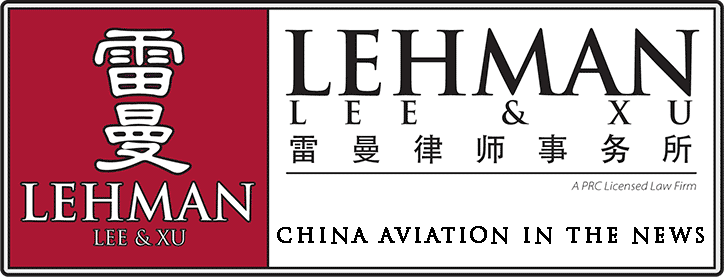By Yang Jian | 2012-11-9 |
As Shanghai shifts toward a more sustainable growth model with an improved economic structure and environmentally friendly methods, the city's major state-owned enterprises and organizations are making their contributions. In this series, Shanghai Daily takes a look at how these strategically significant organizations bolster the local economy.
China's breathtaking outer space missions seem far removed from daily life, but, in fact, many cutting-edge space technologies have practical uses in industries such as auto making, textiles, building materials, food processing and chemicals.
They are already being applied and many are yet to come.
On the latest Shenzhou-9 mission in June, various vegetable seeds were taken into space in an effort to develop new species that supply better nutrition and have higher yields. They may soon appear on our tables.
"People have been enjoying many conveniences brought by space technologies, without knowing it," said Liang Xiaohong, an official with the China Aerospace Science and Technology Corp.
Many local courier vehicles and fishing boats in China's southeast coastal areas, for instance, have been equipped with the domestically produced Beidou satellite system, also known as the Compass system, he said. Beidou is China's own version of GPS.
"With a time service based on the Beidou system, which is accurate to the microsecond, engineers will also be able to quickly locate power grid or Metro system problems," Li Guoqing from Shanghai Shenbei Technology Development Co said.
Moreover, the heat-resistant paint on the surface of the spacecraft has been used on residential buildings in Wuhan in Hubei Province to maintain a steady temperature, reflect ultraviolet rays and provide fireproofing.
Another core technology, the solar energy panel that powers satellites, is far more efficient than those currently used in public venues and will be installed in venues such as theaters and museums around the country.
Smoke detectors
Some technologies have been used in civilian applications for many years. The smoke detectors in offices and hotels were developed from toxic smoke detectors at space stations, while some ICU equipment in hospitals comes from astronaut training labs that can monitor the patients' physical condition, Liang said.
Behind these space missions and practical applications of space technologies is the Shanghai Bureau of Astronautics, a very low-profile operation that is known to very few people.
Researchers from the Shanghai bureau invented a food heating system for the Shenzhou-9 spacecraft that allowed the astronauts to eat hot food while working in space for 13 days. The technology has many civilian applications.
Even more relevant to daily life are the bureau's meteorological satellites known as the Fengyun series. All of the country's weather forecasts are based on cloud pictures taken by the satellites.
The bureau has successfully launched more than 30 satellites and 18 of them, mainly for meteorological use, are still operating in orbit around the earth. The other satellites have retired after an average lifespan of two years.
Two outstanding rockets, the Long March II and IV, are the pride of the bureau because they have been successfully launched 50 consecutive times, lofting satellites for China and other countries. The rockets have been called Gold Rockets for their reliability.
The bureau, under the China Aerospace Science and Technology Corp, researches and manufactures rockets and satellites for the country's space program. The bureau employs around 20,000 people, including 7,000 reachers, most of them with advanced degrees, some of them foreign experts.
Linked with space program
Source:http://www.shanghaidaily.com/nsp/Business/2012/11/09/Downtoearth%2Buses%2Bfor%2Bspace%2Btechnology/

